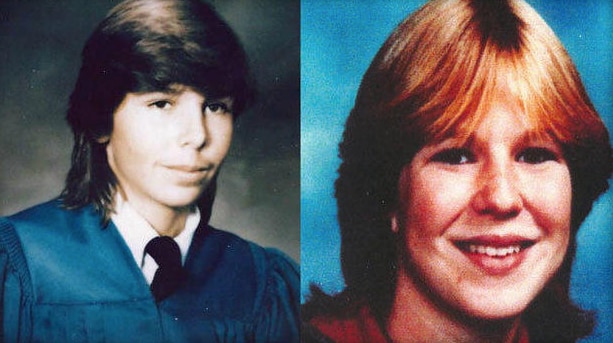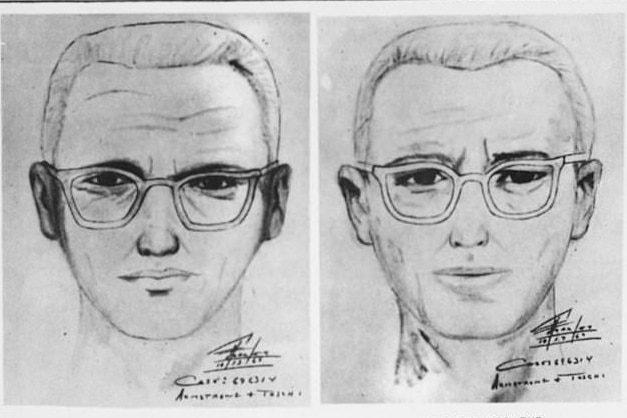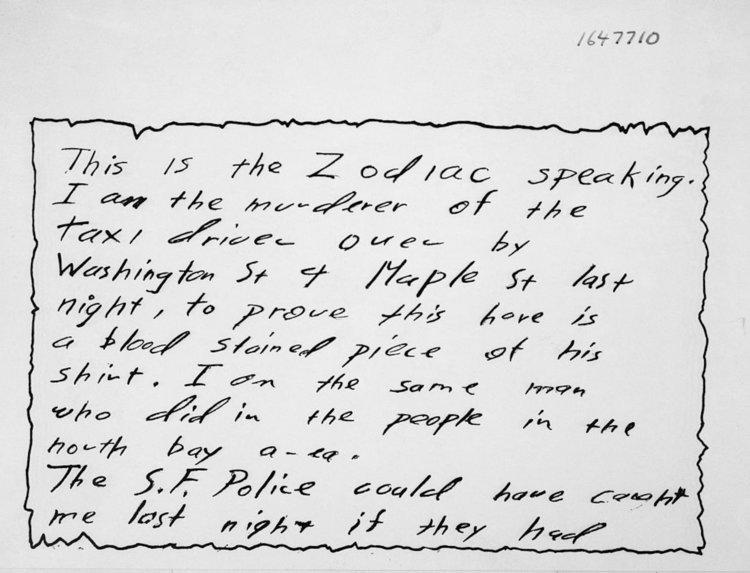Create a free profile to get unlimited access to exclusive videos, breaking news, sweepstakes, and more!
DNA Helped Catch Golden State Killer Suspect. Now, A Lab Is Trying To Crack 100 Other Cold Cases With ‘Genetic Genealogy’
The same technique has already led to a recent arrest for a 1987 double murder cold case.
After DNA helped crack the decades-old cold case of the Golden State Killer, could it also lead to arrests in other unsolved cases?
For one case, it already has. And there could be more major breaks on the way.
The methods used to arrest Golden State Killer suspect Joseph DeAngelo — who was caught after decades on the run thanks to DNA from his trash, paired with genealogy — are already in play for other crimes that once made headlines, including the hunt for another California phantom, the Zodiac Killer.
Parabon NanoLabs, a Virginia DNA engineering company, is working with multiple police agencies to break cold cases. It has uploaded DNA data from about 100 crime scenes to the free genealogy site GEDmatch, Parabon president and CEO Steve Armentrout said. Parabon calls this process "genetic-genealogy."
"About 20 percent of those [100 crimes] look like they are going to be directly solvable using genetic-genealogy alone. Another 30 percent of those are workable and solvable in concert with additional law enforcement efforts," Armentrout told Oxygen.com.
Police took a DNA sample found at one of the Golden State Killer's crime scenes that sat in storage for decades and ran it through GEDmatch. It matched with one of DeAngelo's distant relatives. Then, police took a tissue from DeAngelo's trash and matched it with the crime scene DNA. Then came his arrest.
This same process was used to make another recent cold case arrest in Washington State.
Truck driver William Earl Talbott II, 55, was arrested May 18 in connection with the murders of British Columbia residents Jay Cook, 20, and Tanya Van Cuylenborg, 18. They were killed while vacationing in Washington State in 1987. Cuylenborg was found in a ditch bound by her hands with plastic ties. She had been violently raped and shot in the head. Cook was found two days later, 60 miles away, strangled and beaten to death. Cuylenborg had DNA on her body that didn’t yield any matches at the time.

After police used the DNA found on Cuylenborg’s body and uploaded it in GEDMatch, it led them to a family tree. That tree pointed investigators towards Talbott. Police then followed Talbott and grabbed a paper cup he left behind near his work truck on May 8. The DNA on the cup matched the DNA found on Cuylenborg’s body.
Talbott has pleaded not guilty and his bail has been set at $2 million, KOMO in Seattle reported.

"We never gave up hope that we would find Jay and Tanya’s killer," said Ty Trenary, the Snohomish County sheriff, at a news conference on May 18. Talbott's arrest "shows how powerful it can be to combine new DNA technology with the relentless determination of detectives," he said.
Armentrout also spoke at the press conference.
"We are honored to have helped solve this case," he said. “Given the power of these new methods, we believe it is but the first of many.”
Could this new technology also help solve some of America's oldest cold cases, like the Zodiac Killer?

The Zodiac Killer terrorized Northern California in the late 1960s and early ‘70s with at least five brutal murders, although he claimed to have killed at least 37. Despite taunting local newspapers and law enforcement with coded letters and threats, the killer was never identified or captured.
A former San Francisco homicide detective who worked on the Zodiac case said DNA could finally crack the code of the killer's identity.
"It's totally worth looking at," Pam Hofsass told the Sacramento Bee.
"I hope with all of the news and revelations about the Golden State Killer that it will kind of be the impetus for the Zodiac."
In fact, police tried using DNA in the Zodiac case long before the arrest of the suspected Golden State Killer.
Vallejo Police Department detectives said that a few months ago, they sent a private DNA lab two envelopes and stamps that they believe the Zodiac mailed to newspapers in 1969. Police hope that there is DNA in the saliva. Vallejo Police Detective Terry Poyser declined to disclose the lab, but he told the Sacramento Bee that the test results should be coming this summer.

Armentrout told Oxygen.com that Parabon receives a steady stream of requests from law enforcement agencies looking to solve cases. He would not divulge which cases are being investigated or requested. The public will have to wait for the next time a notorious cold case cracks.
[Photos: Getty Images, Snohomish County Sheriff's Office]

















